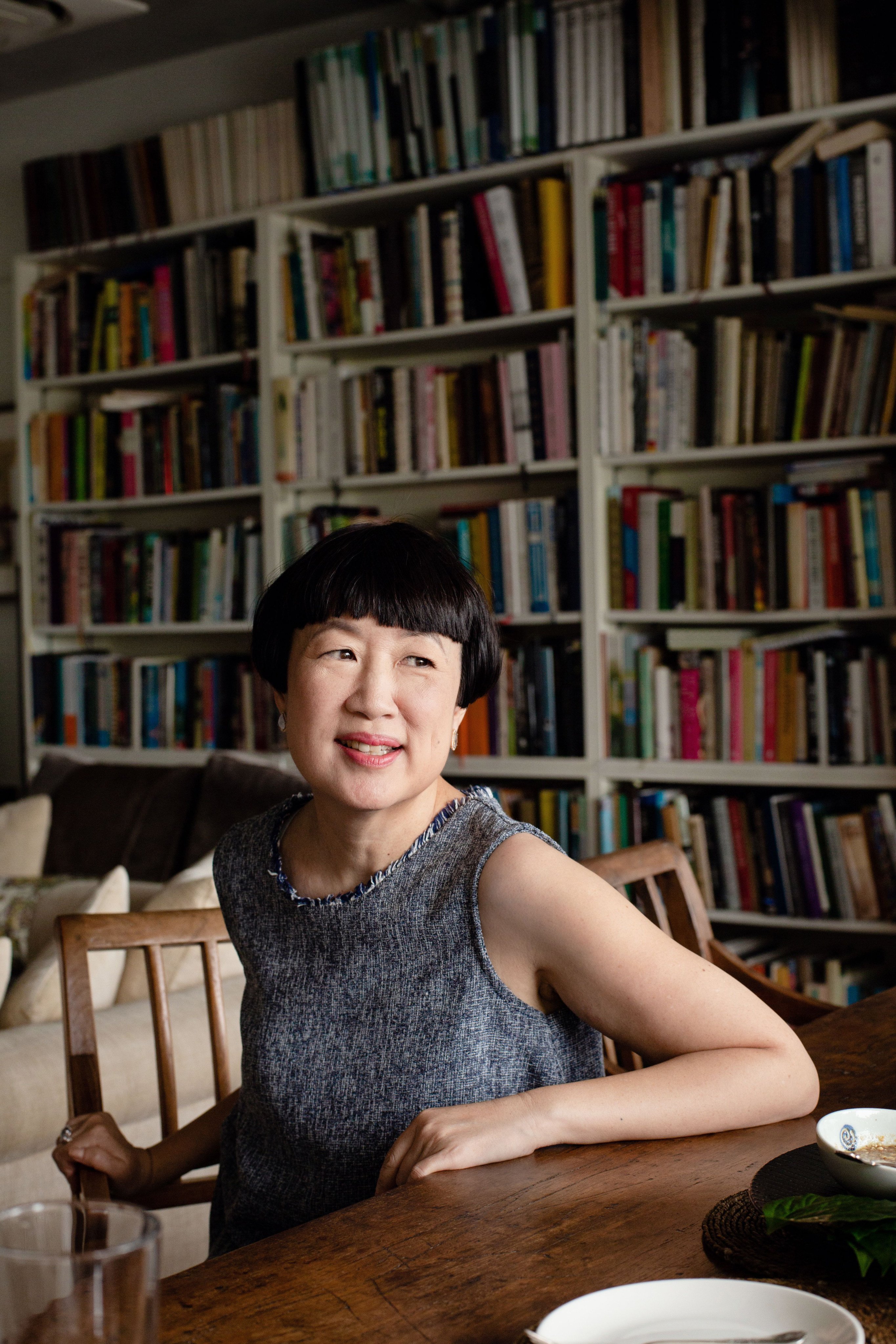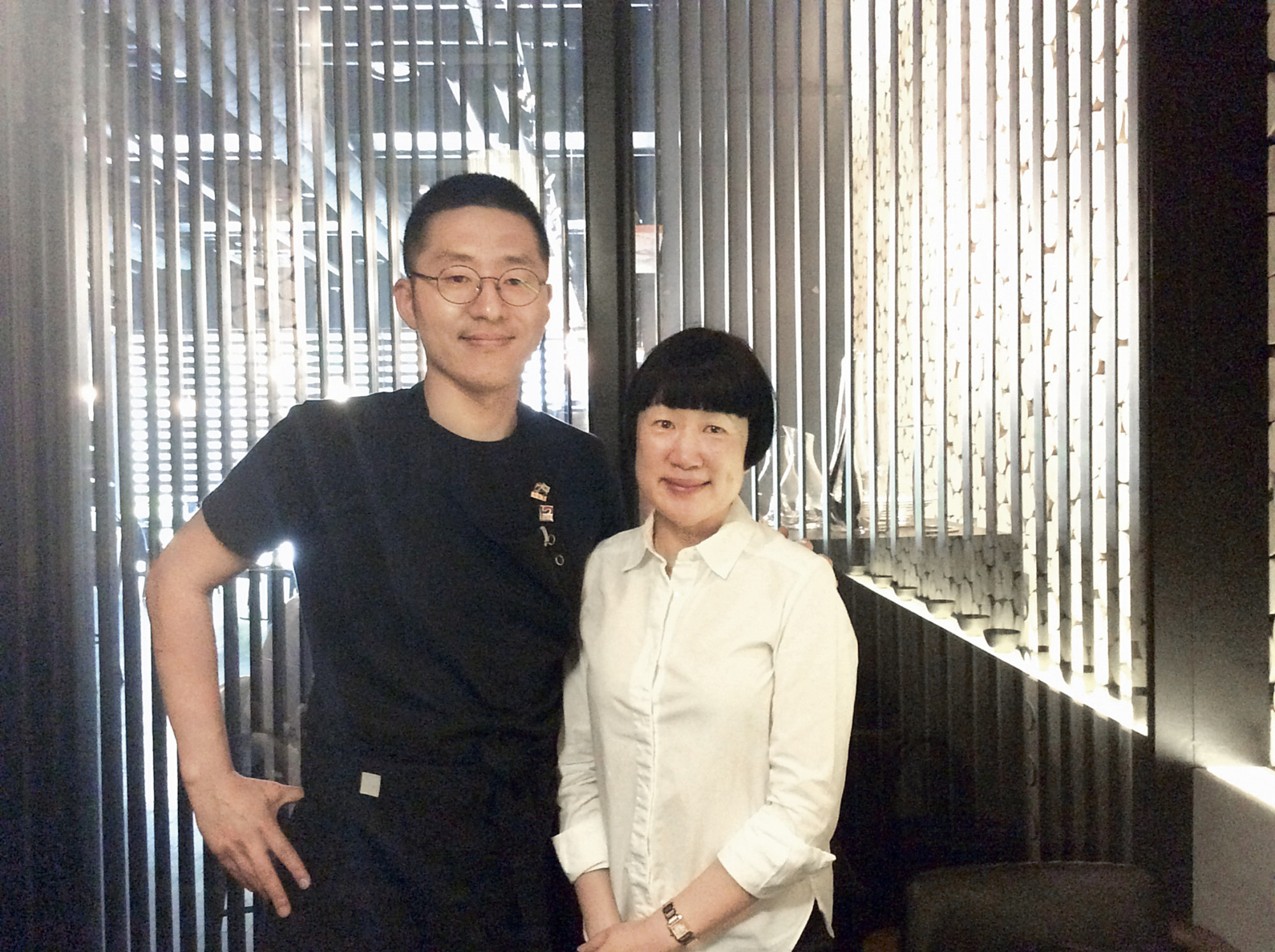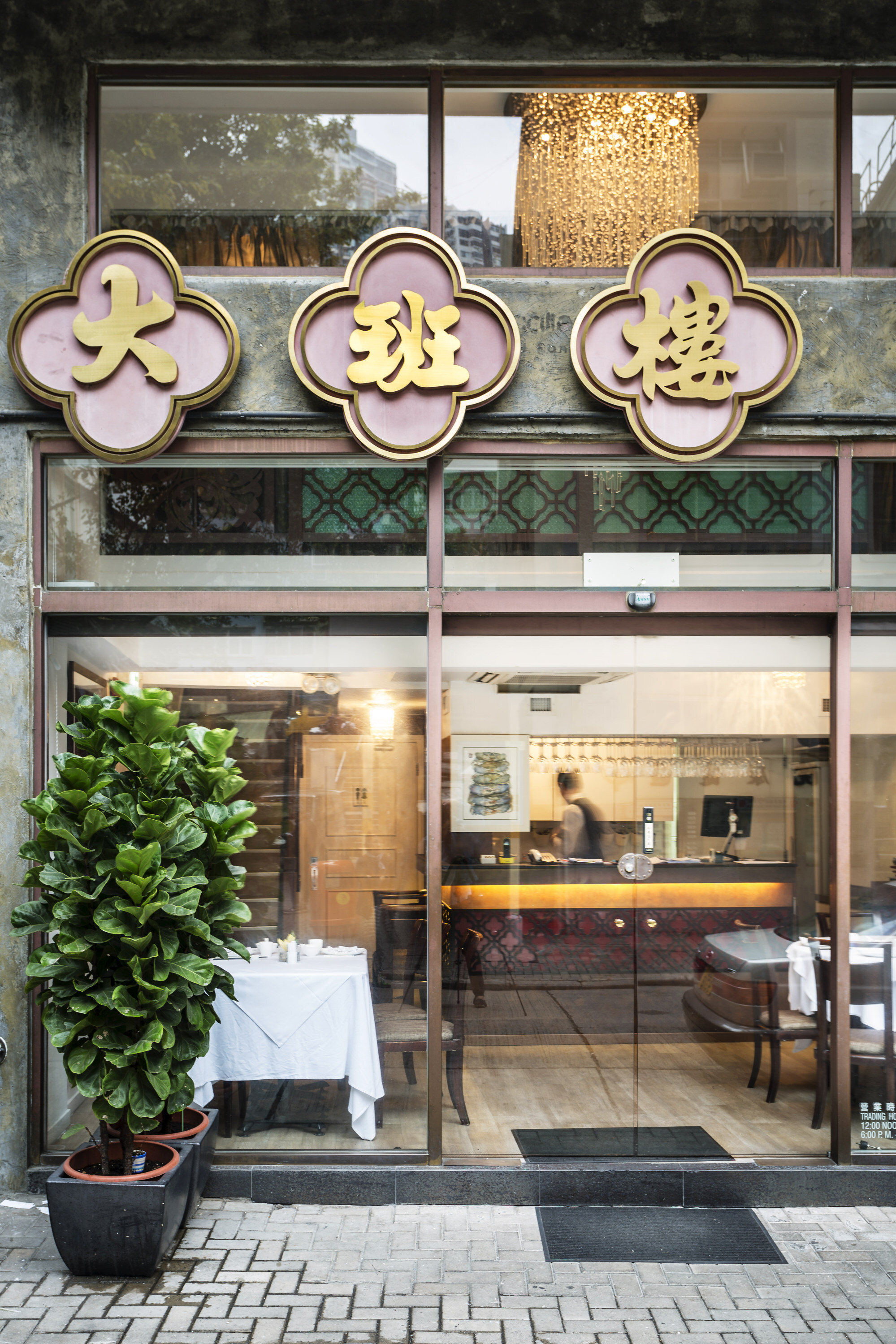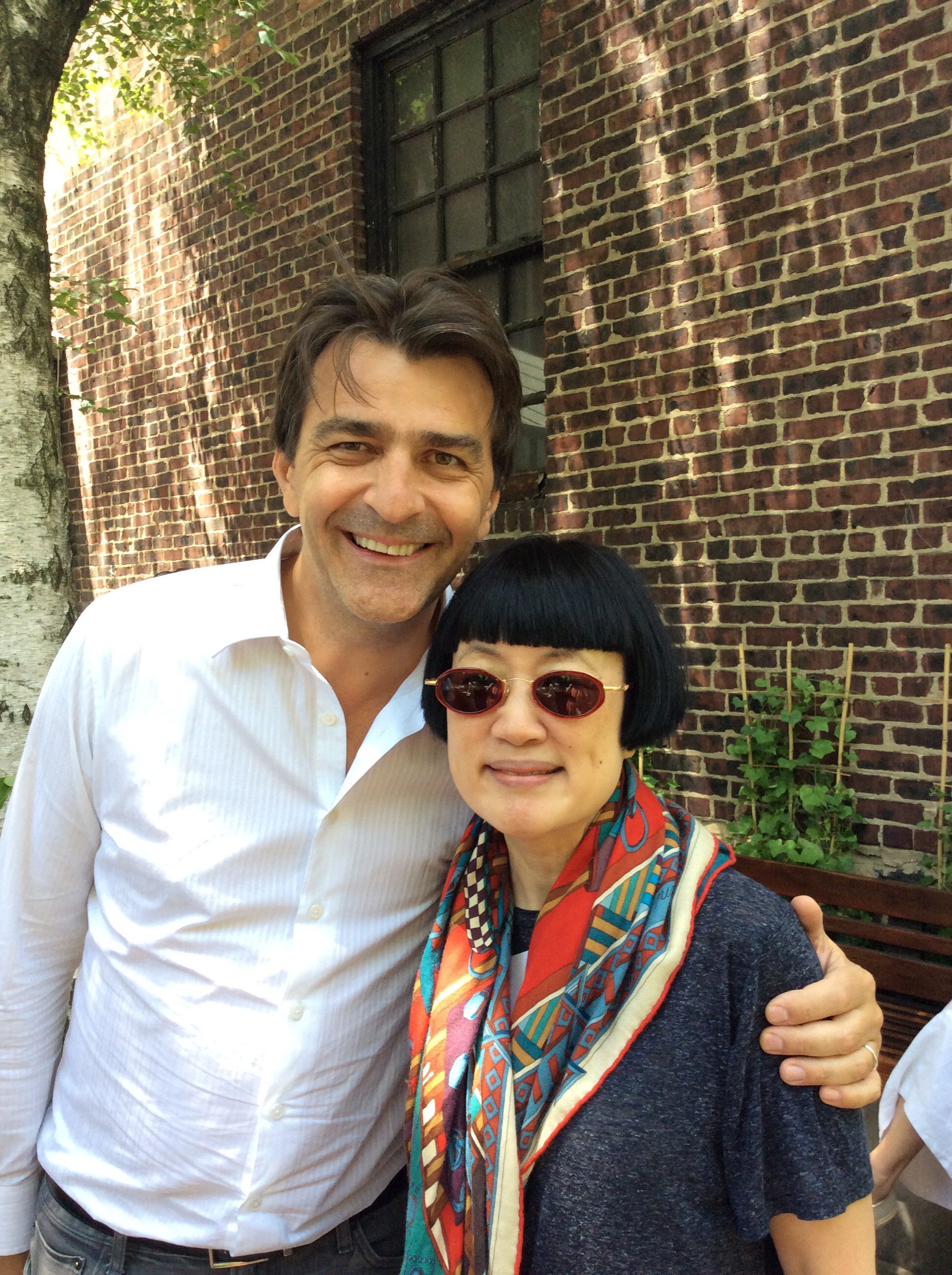
- Taking up her role on July 1, 1997, Susan Jung has watched Hong Kong go from a culinary desert to offering an incredible range of Asian and Western food
“Would you like to be the new food editor?” These unexpected words came from the mouths of Charles Anderson and Hedley Thomas, who were, at the time, the features editor and deputy features editor of the South China Morning Post. (Anderson died in 2008, and Thomas is now an award-winning investigative journalist with The Australian.)
The year was 1997, and when Anderson and Thomas took me out for lunch that day, I had been working at the Post for six months as an office assistant: the person who answers calls (we had landlines at the time), distributes faxes and runs errands for others in the office.
It was a huge contrast to what I had been doing for the previous four years, where I had been the one in charge: a pastry chef.
During that time, I helped open two restaurants and a production bakery for the likes of Group 97 and Elite Concepts, which brought me to Hong Kong from New York, where I had been working as a pastry chef at The Peninsula.

But I wanted to get back into newspaper writing, something I had done in high school in California, and then at the University of California, Berkeley. My boyfriend at the time had met Thomas at a party, and he had agreed to meet me to give advice on getting back into journalism.
By the end of the meeting, he had offered me the office assistant job, saying, apologetically, “You really are overqualified for this and we can only pay you HK$8,000 per month. But you’ll have the opportunity to write.”
Why head chef at The Peninsula Hong Kong takes cooking lessons on holiday
I never regretted taking the risk. Before long, I was making more money writing articles for the paper than I was making as an office assistant. Six months later, the food editor resigned and I was offered the job. I took over the position on July 1, 1997 – the day the British handed Hong Kong over to China.
I have spent nearly 25 years as food and drinks editor at the Post. I don’t know if anyone else has observed the food scene in Hong Kong as closely for so long. I have seen SoHo grow from its infancy in 1997, when, unbelievably, a legislator wanted to rename it the oh-so-catchy “Mid-Levels themed dining area” because, he said, SoHo made it sound like a red-light district.
Back then, the area didn’t have many places that I would have recommended, but it was a great place for smaller, independent restaurateurs who wanted to experiment with different cuisines or concepts and couldn’t afford Lan Kwai Fong rents. SoHo’s restaurants have improved but, sadly, the area is undergoing another change.

Henderson Land has bought numbers 33 to 47A Elgin Street, a site area of 11,775 square feet (1,100 square metres), according to its interim report 2021, which it will redevelop into a building with an expected gross floor area of 93,594 square feet.
I’ve seen Hong Kong food go through various fads and trends: ramen, cupcakes, burgers, private kitchens, macarons, hot dogs. I’ve seen the growth of culinary districts far from the expected Central, Causeway Bay and Tsim Sha Tsui areas, such as Tai Hang and North Point, Kennedy Town and Sheung Wan, Prince Edward and Mong Kok, Kwun Tong and Hung Hom.
I’ve seen wine duty go from 80 per cent to 40 per cent to zero, turning Hong Kong into the most attractive market in the region for the wine trade. I’ve seen restaurants take big hits, with the economic crises of 1997, 2003, 2007/2008, and now Covid-19, which is the worst and longest-lasting. I fear for the future of restaurants as I never have before.


When I took the food editor position, a common complaint was that Hong Kong was a culinary desert. While it was a great place for Chinese food, and more specifically, Cantonese, Shanghainese, Hakka and Chiu Chow, if you wanted something else, you’d have to search for it.
There were cuisines from other parts of China, but there was nothing like the variety you can find now. For so-called Western cuisine (which encompassed everything else), there were French and Italian restaurants, but most were in hotels, and were very expensive.
They could also be stuffy, often having dress codes – think of the Hong Kong Club, except open to the public. And let’s not forget it wasn’t until 1990 that The Chinnery at the Mandarin Oriental started admitting women.

But by 1997, there was a growing number of independent restaurants: M at the Fringe (now closed), La Trattoria (now closed), Va Bene (which moved several times, and is now in Kowloon Tong), Cafe Deco (then in an impressive space on The Peak, and now Cafe Deco Pizzeria, in Tsim Sha Tsui), The Peak Cafe (then actually on The Peak) and Joyce Cafe (which morphed into Sevva).



Contrast this with a time when I, rather disloyally, thought Hong Kong was overhyped as a dining destination. Now, of course, I think it’s one of the greatest. Critics will say it’s expensive, and it can be, but you can find really good food without having to sell a kidney, and if you’re willing to go local, or travel beyond Hong Kong Island – both of which you should do anyway – there’s delicious, inexpensive food to be had.
Some will complain that many of the newer restaurants are opened by groups, and often they are. But is that necessarily bad? ZS Hospitality’s restaurants are incredibly diverse, and they’ve brought us big names from overseas: Mingoo Kang, of the two-Michelin-star Mingles, in Seoul, is the consultant for Hansik Goo, in Sheung Wan; and more recently, the group has joined up with the team behind Trippa Milano, the offal-focused restaurant in Milan, Italy, to open Testina, on Lyndhurst Terrace.
Restaurants by the Black Sheep Group and the JIA Group are equally varied. These groups didn’t start big, but have built up their portfolios over the years.

And the city has also nurtured a great deal of home-grown talent. Cooking professionally is no longer seen as a vocation only for those who couldn’t get into university. Chefs today are cooking out of a sincere passion for food, not because they were pushed into it by their secondary school guidance counsellor.
These eager, talented chefs are making food that is interesting, intelligently composed and beautiful, but most importantly, delicious.
I also love the fine-dining Chinese restaurants that are opening outside hotels. Hong Kong has long had that with Fook Lam Moon (opened in 1953), The Forum (1977) and Yung Kee (1942), but those places are big, and there’s definitely a difference in quality depending on Who You Are or Who You Know.
With the new wave of fine-dining Chinese establishments (which isn’t so new any more, having started with The Chairman in 2009), restaurants such as Wing, Woo Cheong Tea House and Grand Majestic Sichuan are smaller and far more personal, so even ordinary diners are going to have a good meal.


Being food editor of the Post has given me the opportunity to meet Big Names, those revered by other chefs. This could be terrifying, such as when I interviewed Alain Ducasse in Paris and showed up late because I got lost (he ended up inviting me to eat at his three-Michelin-star establishment Alain Ducasse au Plaza Athénée, now closed). Or when I interviewed Thomas Keller in Hong Kong (just because he’s Thomas Keller).
But I’ve also interviewed the kindest, most affable, charming people, including the late Michel Roux of the Waterside Inn, in Britain; Jean-Georges Vongerichten, for whom I flew to Shanghai and back the same day; and Ken Hom, with whom I am still in contact.
One thing I’m looking forward to post-Post is that I can eat what I want, when I want. I won’t have to test recipes for a Sunday column (although I will test them for a chicken cookbook I’m working on, scheduled to be published next year by Quadrille), and I can eat at restaurants because I like them, not because I need to do a review.

